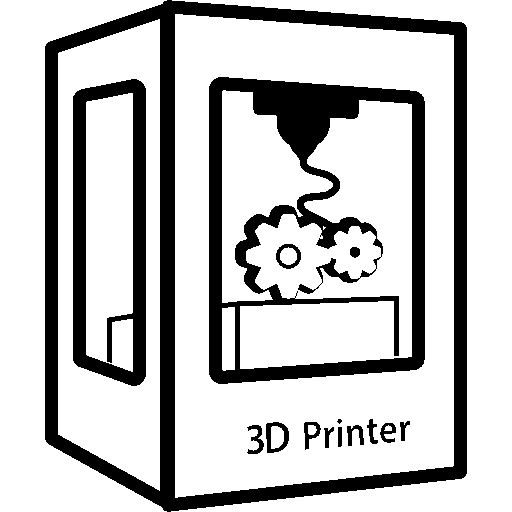I am looking to purchase a 3D printer as a hobbyist, not for any commercial use. I have limited options with local 3D printers but that’s good as they’re mostly cheaper low end printers so I can look at them thoroughly.
When I’m comparing the different 3D printers I’m mainly looking at the following: Cost, nozzle diameter, layer height, volume, and viable filaments.
My question is, is there anything else I’m missing? Are there important things I should be considering or avoiding?
Different printers have different resolutions but for my purposes it looks like they’re all highly accurate and way past what I need. Not worried about speed either. They all mention bed and nozzle temperatures but I assume they are all within the necessary range for the filaments they allow right? So does it matter?
Also, any advice for maintenance? How to make it last as long as possible any mistakes I should be wary of. Thanks.


I’m on the prusa mini as my first printer and it’s done spectacularly well, the few times I’ve needed a bigger bed I’ve been able to segment the parts and glue it back together.
One thing you haven’t mentioned is where your printer will be, mine is in my living space, so noise is a big concern. Placing down a foam pad and then a paving stone under the printer stops vibrations from echoing through the table it’s on. But the bambu printers though amazingly featured for the price, are noisy beasts.
I don’t own Prusas but I migrated from super slicer to prusaslicer and being able to cut models and add locating pegs easily is such a game changer for larger parts